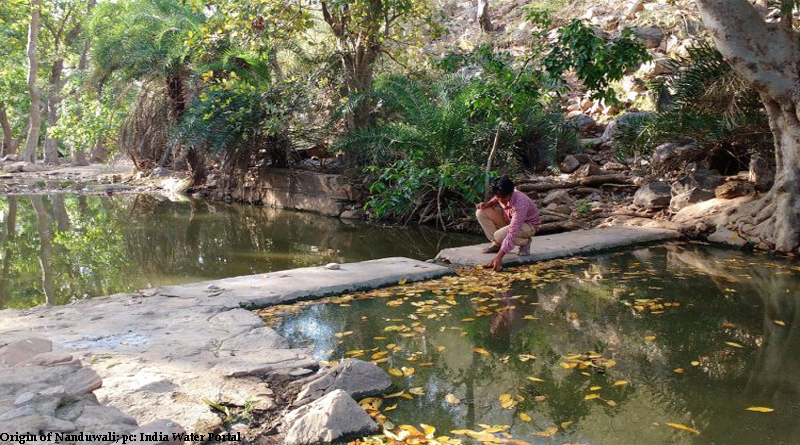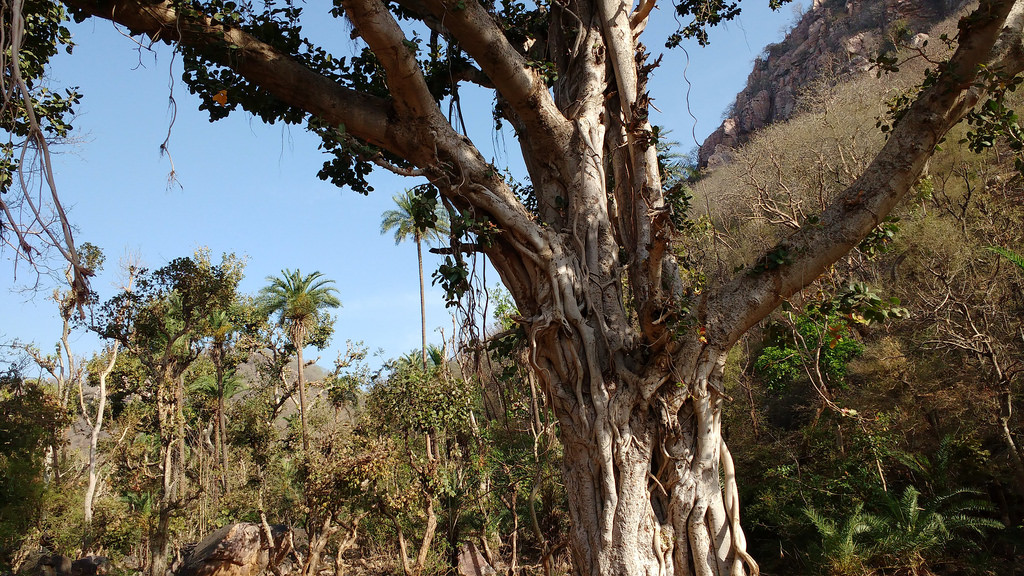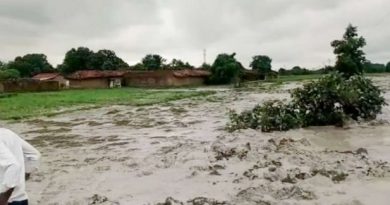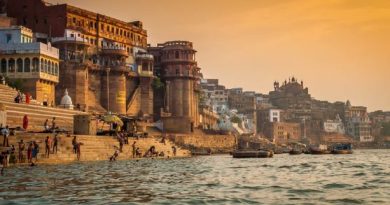The 5J’s of environment conservation. A River revived.

The river Nanduwali was just another in a long list of small streams and rivers that had disappeared, under the onslaught of deforestation and indifference. Situated in Rajasthan’s Alwar district, the river is just 65 KM from Alwar, the 22km long river which flows rapidly through the village Nandu today, went bone dry only a decade ago.
This ‘death’ led to far reaching consequences for the villages along its route. The villagers of 17 neighbouring villages and talukas all but gave up on their livelihoods which were primarily supported by the river. People were forced to migrate out of the cities in search of livelihoods, as the government agencies failed to step in, or step up for that matter, leaving the villagers to their own devices.
It was then that the people of Nandu village took it upon themselves to revive their river. The process was initiated by brothers Satish Sharma and Kunj Bihari, residents of the same village, playing a vital role in creating awareness among the people of the village. Drawing inspiration from the Late Shri Anupam Mishra of the Gandhi Peace Foundation.
Instead of relying on the government aid, villagers started following the principles of ‘Panch-J’ to protect their river. ‘Panch-(ज)J‘ comes from the old folklore as the five key and connected steps of promoting ecological balance. The five steps included:
1. जन (Jun/People) – A society, where everyone has a vision for excellence, self-reliance and self-respect.
2. जल (Jal/Water) – Water disciple, in preserving and judiciously using it.
3. जंगल (Jungle/Forest) – Taking care of forests and rejuvenating pastures.
4. जानवर (Janwar/Animals) – To maintain balance between social and ecological conditions by using cattle.
5. ज़मीन (Jameen/Land) – Increasing the fertility of soil by using traditional methods.
The people together first started work on the conservation and enlargement of forests, being nestled next to Sariska Wildlife Sanctuary helped, as the forest cover was well protected and with continued effort results were evident. It is impossible to think of rivers surviving without forests and wildlife, thus taking care of and improving the state of the forests and pastures was the key step and the revival. A separate committee was set up and rules and regulations were mandated to protect the forests. Penalties were imposed on cutting down of trees, protected areas set up to provide for the village in only the most dire situations like drought or otherwise remain untouched.

Farmers cultivated crops like sesame, mustard which were known to use low amounts of water for harvest yet still gave high profits. Each household invested in cattle to supplement their incomes, milk sales more than just compensated for the initial investments with each household eventually procuring multiple buffalos which covered all their costs and expenses.
After careful consideration of the slope, flow of the water, the different hurdles which stood in the way of the water reaching the catchment areas– Johads (manmade ponds) were strategically constructed to hold the rain water 4-5 months after the monsoons and provide for the people and sustain the river. Each Johad did its part in recharging the groundwater levels and supplement Johads which were strategically built downslope to be fed by the initial Johads. This chain from one to another made water easily accessible to all the villages, and it was everyone’s task to maintain these structures collectively as a society.
This success story has travelled far and wide. Both as Nanduwali nourishes the fields and lives that are on its course, the people living on its banks empower others with their knowledge.
Click here to read more about ingenious water harvesting techniques that are commonly practiced across Rajasthan.
Link: https://youtu.be/P9GsBnlTAM4
![]()




